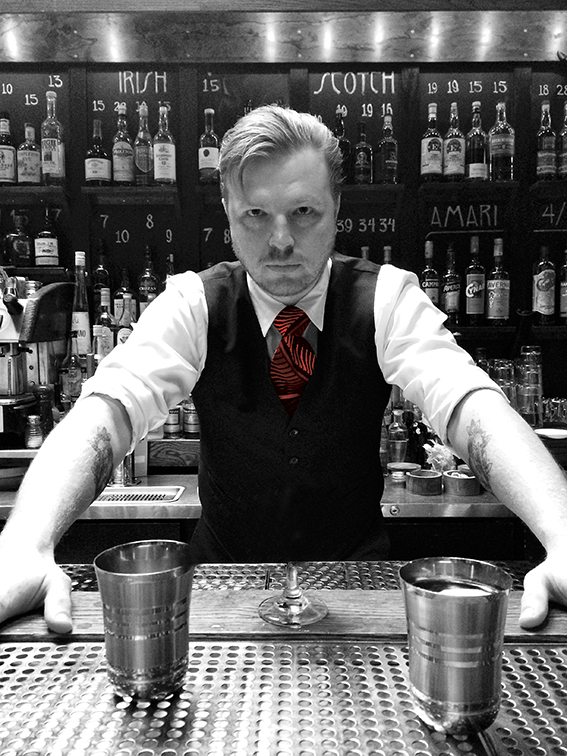Lately, the thing to talk about on the operations side of bars has been ecological responsibility and sustainability. We worry about ice, water, vegetable and fruit waste, the carbon footprint of shipping both fresh and bottled ingredients from near and far, and the health and wellness of our staff (do some yoga).
As far as our impact on the world around us goes, the use of plastic straws has a pretty unfortunate effect. By now, we have all seen at least one video of a long straw being painfully extracted from the beak of a sea bird, the nostril of a tortoise, or the blowhole of some unfortunate dolphin. These things are pretty hard to watch, and we should all do our part to avoid adding extra plastic waste to our marine environment. The Great Pacific Garbage Patch is the size of Texas, by the smallest estimate.
I believe one man has done more than any other in our industry to mitigate this problem. Sasha Petraske is a name we all know, and one that is often spoken with reverence. He was unquestionably one of the founding fathers of the modern cocktail renaissance, and I was brought up as a bartender in his orbit. As far as I’m concerned, and other than block ice, there are two serious markers of being in a bar of Petraske origin. One of those is the ridged, dental-style napkin, the other is the metal straw.
Now, I’m not sure that Sasha started using the metal straw for any reason other than to provide a unique, different, and visually classier alternative to plastic, but I am sure that that single choice at Milk & Honey in the year 2000 has saved our planet a great deal of plastic waste, and later on I will endeavour to calculate approximately how much.
I remember the first time I sidled up to the perforated metal bar at Little Branch, in about 2005. One of the first drinks I had there was a Dark & Stormy, and I was awestruck by the fact that it was served with a metal straw with a small spoon on the end. I recall immediately thinking about how I would steal it, as surely tens of thousands of miscreants have before and since. Up until 2000, those metal straws were primarily used in soda fountain and ice cream shoppe applications with an eye towards nostalgia and camp.
A reach back to class, solidity, and quality was one of the core ethics of Milk & Honey and, by extension all of the great bars that were birthed from the philosophy established there. Metal straws were certainly, for me, a large part of capturing that feeling and conveying it to the guest.
Here is a list of bars that use metal straws and were directly influenced by Petraske, off the top of my head, and there are definitely more world-wide that have used this adaptation.
Milk & Honey (now operating as Attaboy): 2000-present
Little Branch: 2005-present
White Star: 2008-2012
Weather Up Brooklyn: 2008-present
Dutch Kills: 2009-present
Varnish: 2009-present
Weather Up Tribeca: 2011-present
Everleigh: 2011-present
Middle Branch: 2012-present
Weather Up Austin: 2012-present
Featherweight: 2013-present
The Ship: 2013-present
Half Step: 2014-present
Seaborne: 2016-present
Fresh Kills: 2016-present
These bars represent a total of 89 years or 32,485 days of operation, and I’ve assigned an arbitrary but fair number of plastic straws saved per night of 200. That comes out to a whopping 6, 497,000 straws. Those might be floating in the ocean if not for a simple choice made by one man. Impact. We can all have it.



